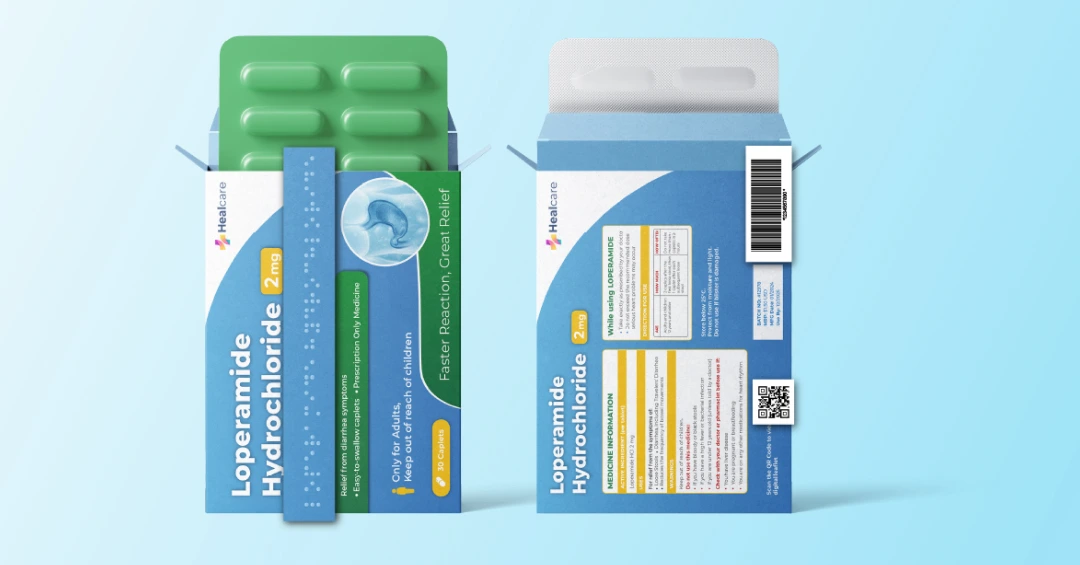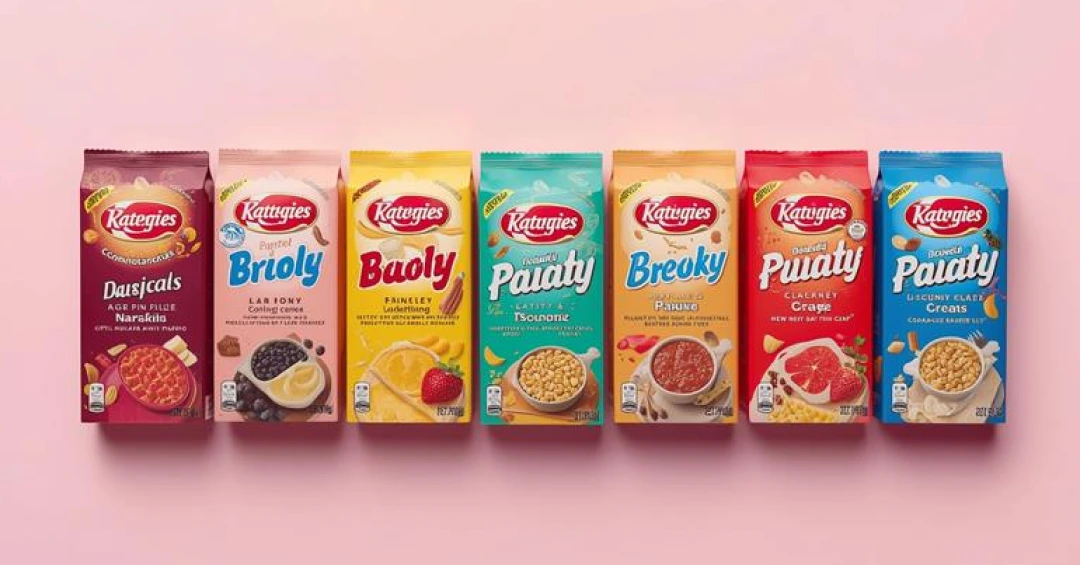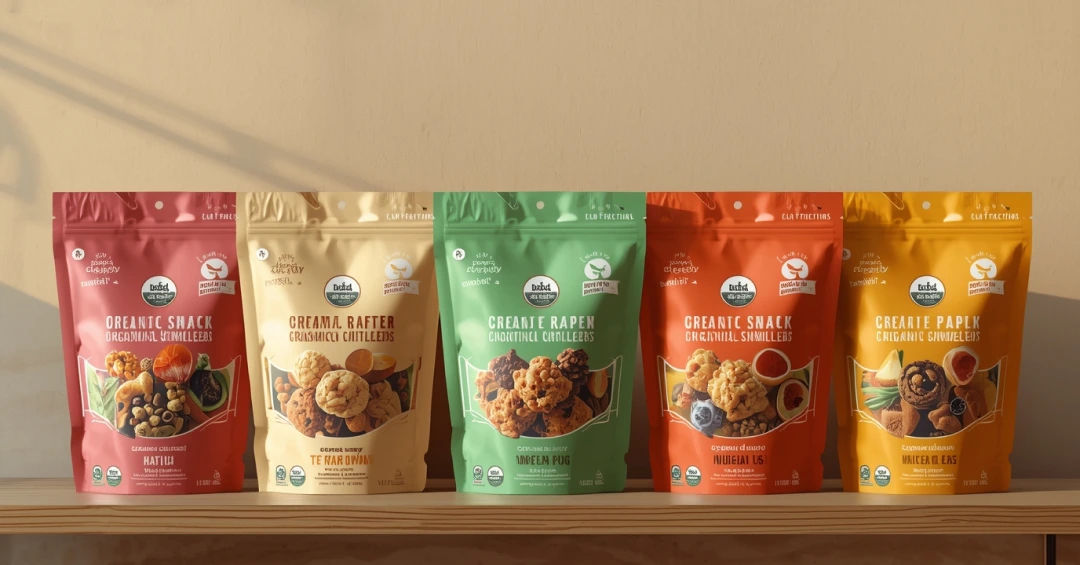If you're part of a regulatory, QA, or compliance team in the EU pharma industry, you know that labels carry far more weight than meets the eye. They’re legally binding, critical to patient safety, and a reflection of your brand’s regulatory maturity. The regulations governing them are also changing faster than ever.
From digital submissions to evolving label content and stricter material requirements, staying compliant means more than just being informed. It requires proactive adaptation. Here’s what’s changing, why it matters, and how it can affect your labeling workflows.
1. Premarket approval challenge
Labeling used to follow predictable pathways, but recent regulatory shifts in the EU are changing that. What once passed as a minor update might now trigger full variation procedures or additional scrutiny. Changes to layouts, QR code additions, environmental logos, or revised leaflets could all fall under Type IB, Type II, or Article 61(3), depending on how regulators interpret their impact. Even aligning multilingual versions or navigating decentralized procedures now requires greater precision. If you are still treating label changes as a routine pre-market step, you may be missing signals that your compliance workflows need a refresh.
2. Stringent regulations
EU labeling is governed by strict frameworks led by the European Medicines Agency and national authorities. Compliance extends beyond content to include format, legibility, language, and layout. For example:
- The product name must appear in Braille on outer packaging under EU Directive 2001/83/EC
- All packs require a 2D barcode and tamper evident seal under the Falsified Medicines Directive
Even seemingly minor updates may require regulatory notification and updated artwork files across all applicable languages. With the EMA’s IRIS portal now the standard for post-approval procedures, teams must manage these updates through digital-first workflows.
3. Balancing sustainability with drug safety:
With growing pressure to reduce environmental impact, pharmaceutical companies are exploring sustainable packaging options. Packaging waste, especially from single-use plastics and multilayer materials, contributes significantly to the industry’s ecological footprint. But making the switch isn’t simple.
Medicines are sensitive products that demand high-barrier materials like glass, plastic, or aluminum, to protect against moisture, oxygen, and light. These materials help maintain product stability and shelf life. As even minor packaging changes can impact a drug’s safety or efficacy, regulatory bodies like the EMA impose strict guidelines to ensure that quality is not compromised. Even small shifts to more eco-friendly materials can trigger costly revalidations and lengthy regulatory approvals.
Despite these constraints, many companies are actively evaluating recyclable mono-materials, bioplastics, and paper-based alternatives. Mono materials, in particular, are gaining attention for their ability to offer recyclability while still maintaining critical barrier properties.
4. Push toward digital product information
EMA is encouraging companies to adopt electronic Product Information or ePI. This includes adding QR codes or Data Matrix elements to packaging that link to always updated product leaflets digitally. While ePI is not yet mandatory it is expected to be adopted more widely across Member States in the near future. Designing packaging that accommodates these digital elements while staying within regulatory layout guidelines is already becoming an expectation. Companies need systems that can handle these requirements without slowing down their timelines.
The recall risk behind the labels
In pharmaceutical labeling, even the smallest mistake can have serious consequences.
Here’s why the risk is growing:
- Labels must meet the language requirements of each market, and the EU alone has 24 official languages.
- Product names must include Braille, further reducing available space.
- QR codes, environmental icons, and other elements are crowding already limited layouts.
- Even minor updates need regulatory filings under Article 61(3).
- Regulatory and labeling teams must align closely to meet tight EMA submission deadlines.
These complexities increase the risk of mislabeling, translation errors, or outdated files slipping into production. Labeling errors remain a leading cause of drug recalls. According to MakroCare audit findings, around 35-40% of audit issues relate to labeling and packaging compliance failures. In addition, FDA data shows approximately 19% of drug recalls are due to labeling or packaging issues.
What can you do now?
Staying ahead requires proactive measures. Begin by reviewing how labeling updates are handled in your organization. Ask:
- Are all language versions stored and tracked in one central system?
- How quickly can your team implement label changes when new guidance is released?
- Can you submit through EMA’s IRIS platform seamlessly?
- Is your team ready to add and manage ePI elements such as QR codes?
- Can you handle environment related label updates within your current workflow?
If your team cannot confidently answer ‘yes,’ it may be time to reassess your processes and tools.
To summarize
Digital submissions, new label content rules, sustainability goals, and multilingual requirements are reshaping the pharma packaging landscape.
These changes are not optional. They affect daily operations, timelines and compliance status. With EMA pushing for more digital and sustainable practices, teams can’t afford to work reactively anymore. Labels that were once set-and-forget now need constant updates.
If you want to strengthen your process and stay audit ready across EU markets, ManageArtworks offers a centralized, artwork management platform. It helps streamline approvals, manage multilingual versions, track updates and maintain traceability so teams can adapt faster and stay compliant.





.webp)
















